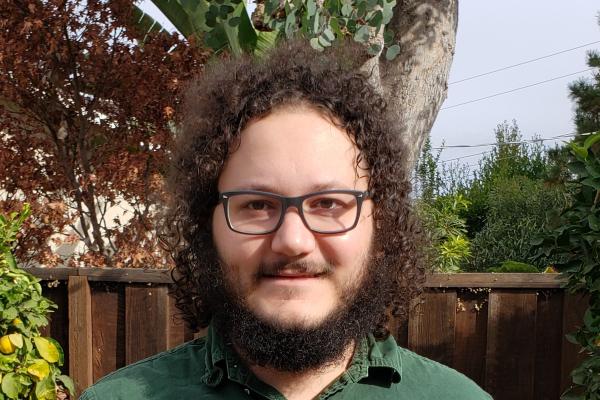
Thu, February 15, 2024
11:00 am - 12:00 pm
1080 Physics Research Building
Dr. Cameron Bravo
Stanford University
Accelerator Searches for Sub-GeV Dark Sectors
Location: 1080 Physics Research Building
Faculty Host: Chris Hill
